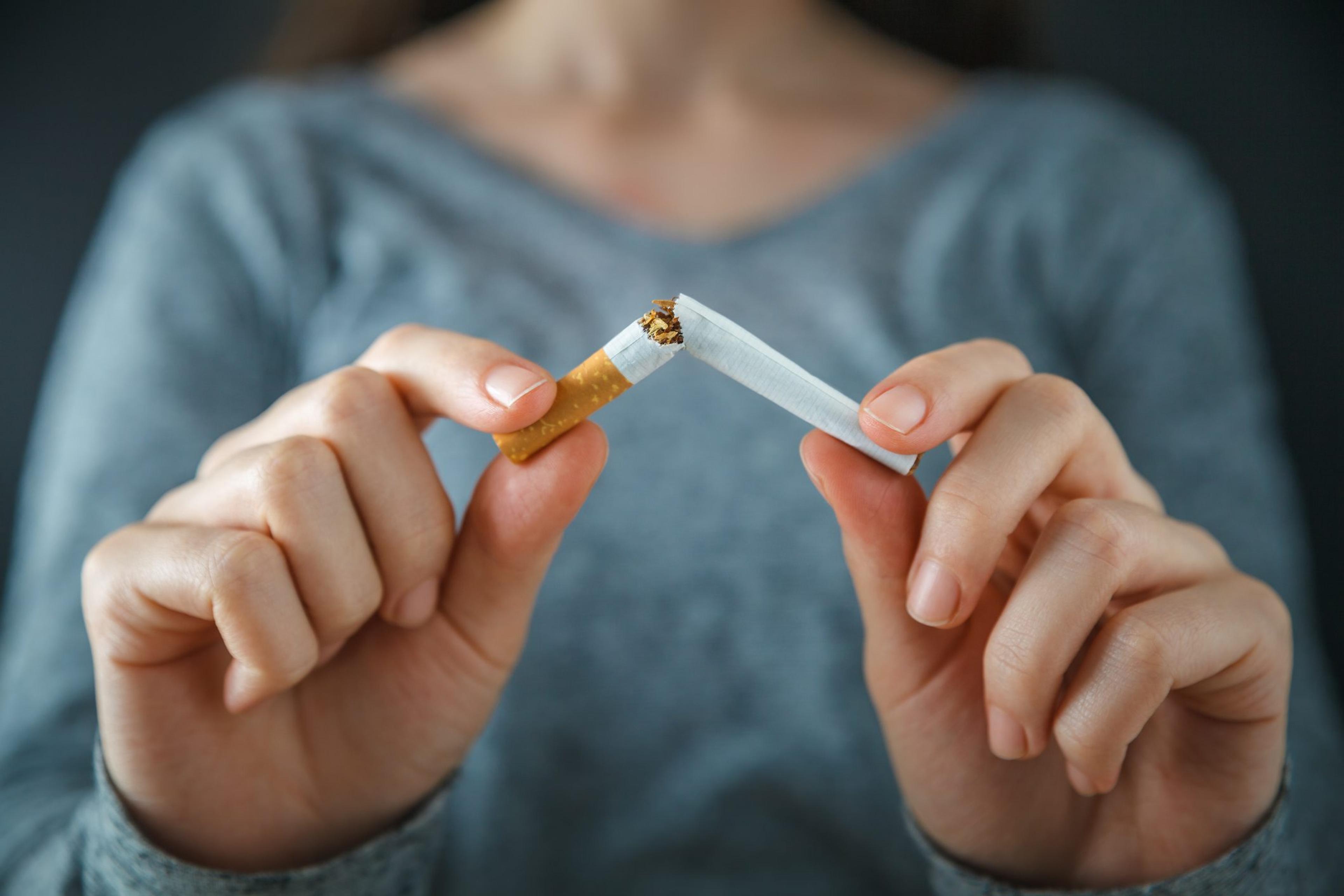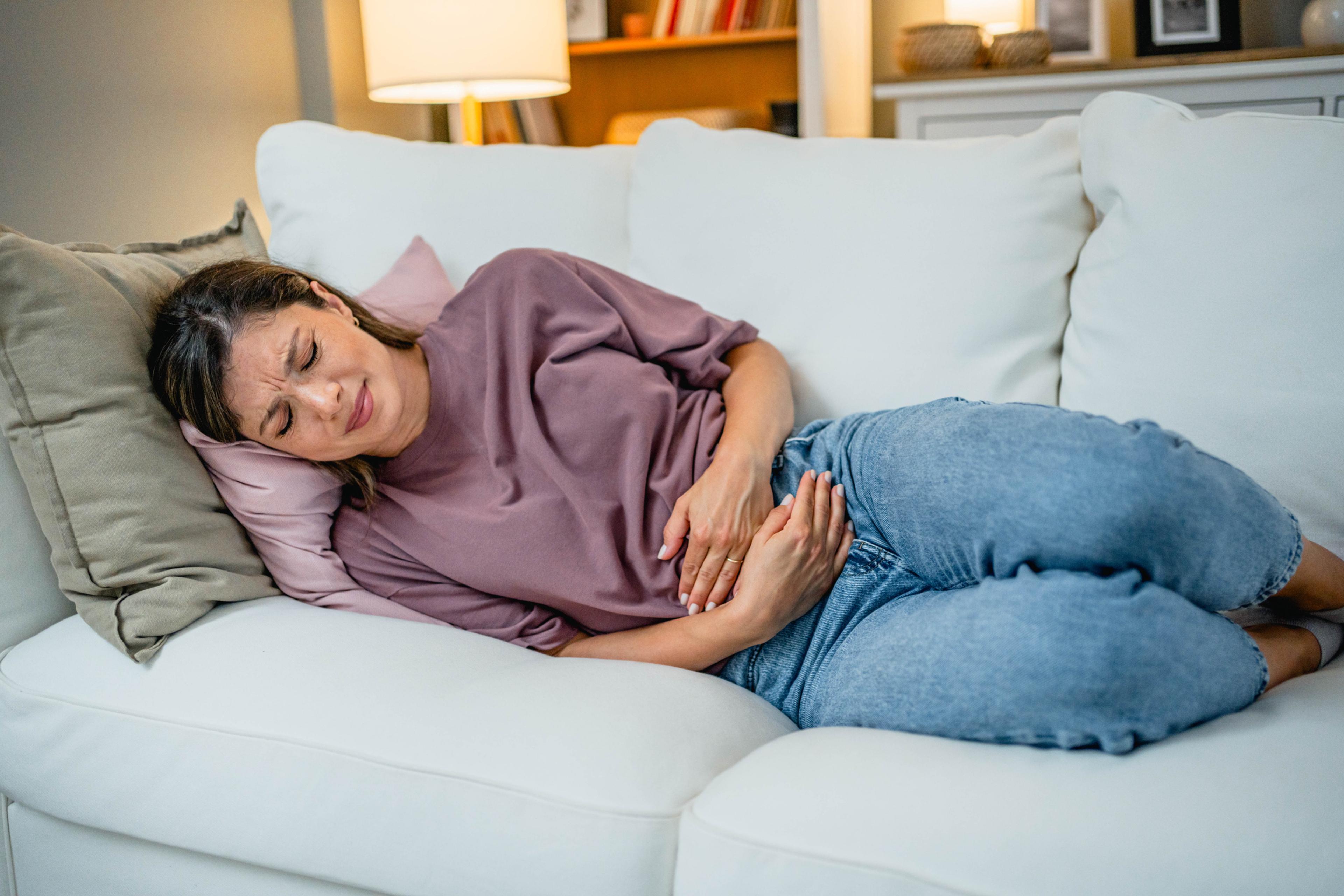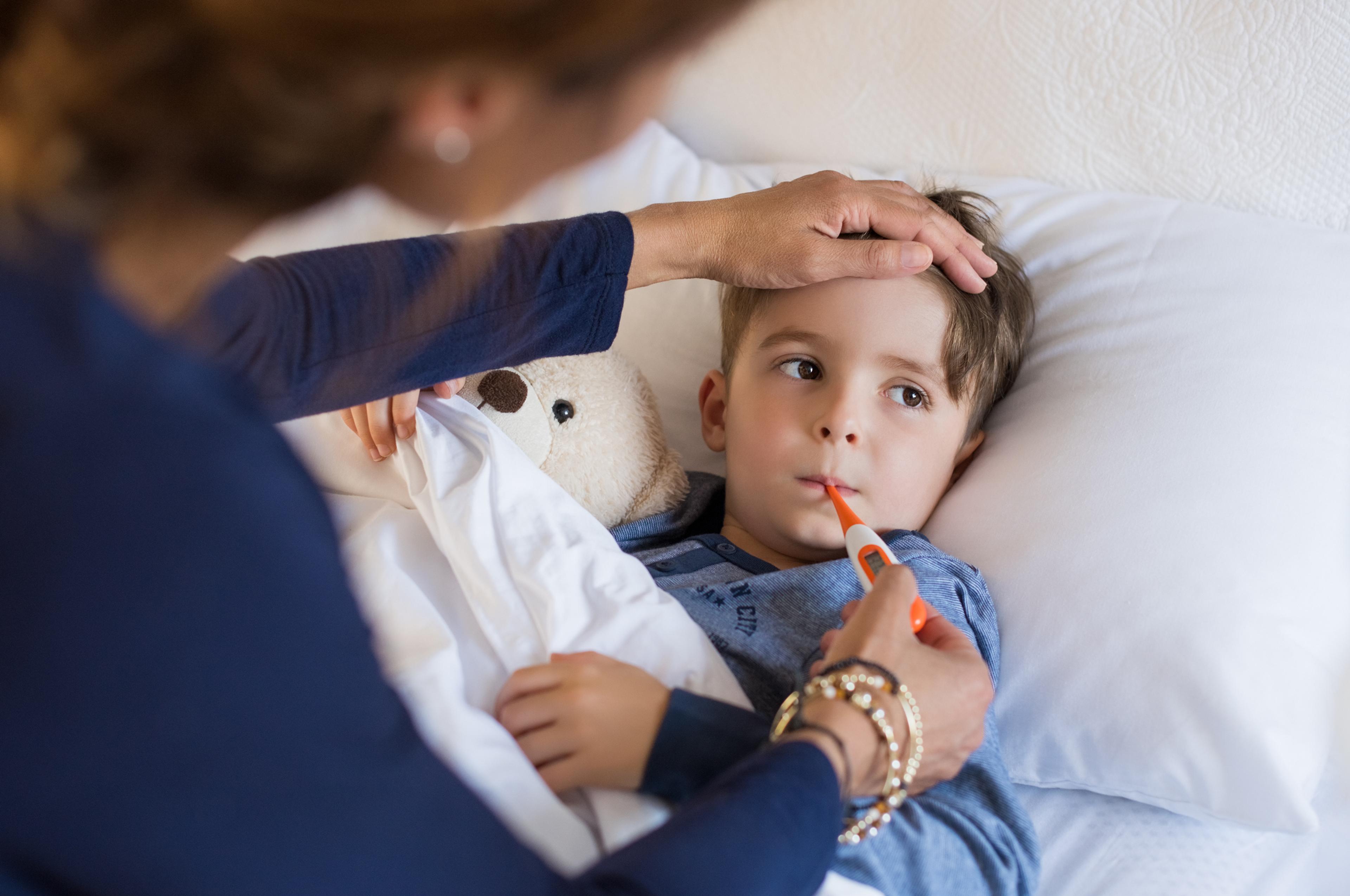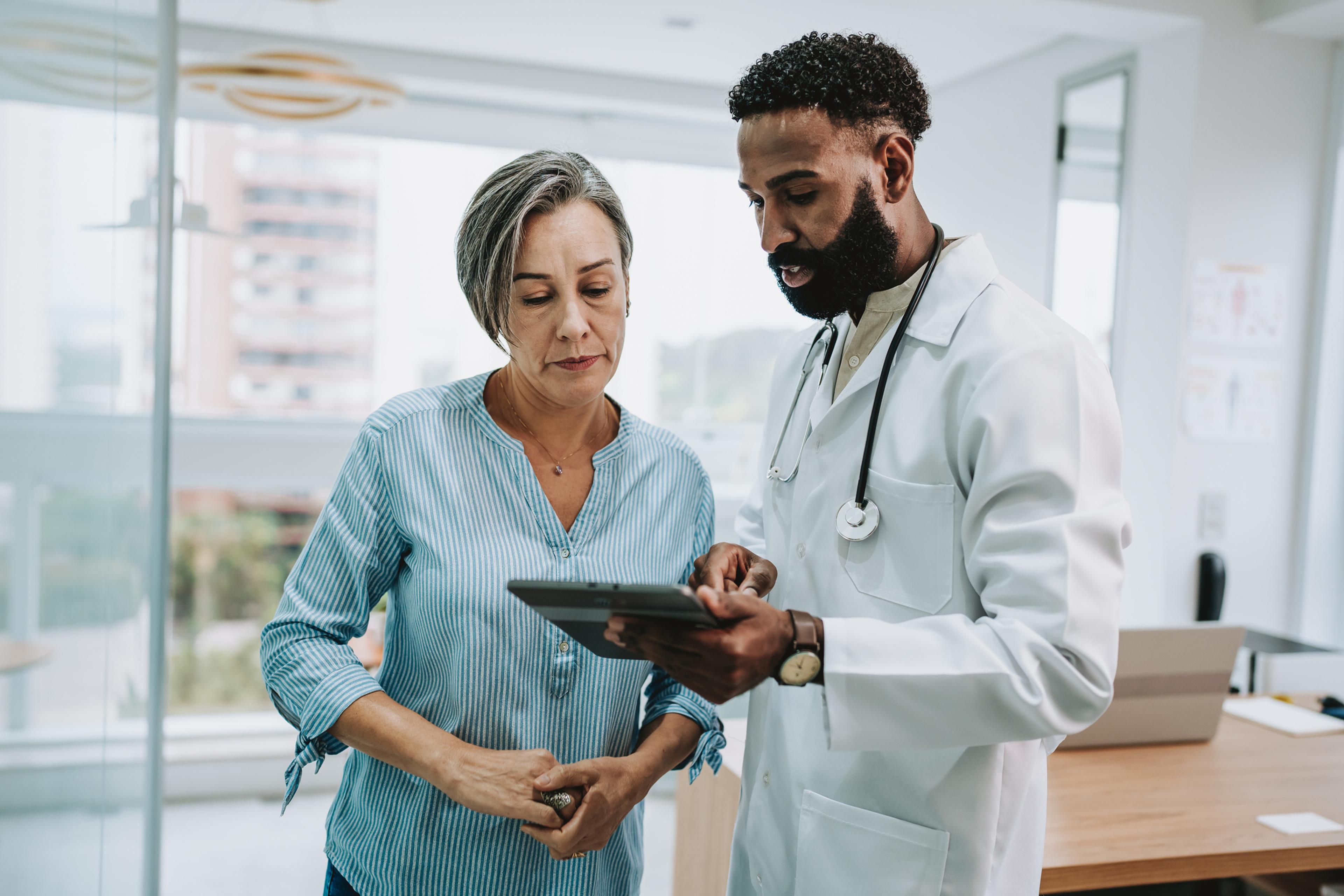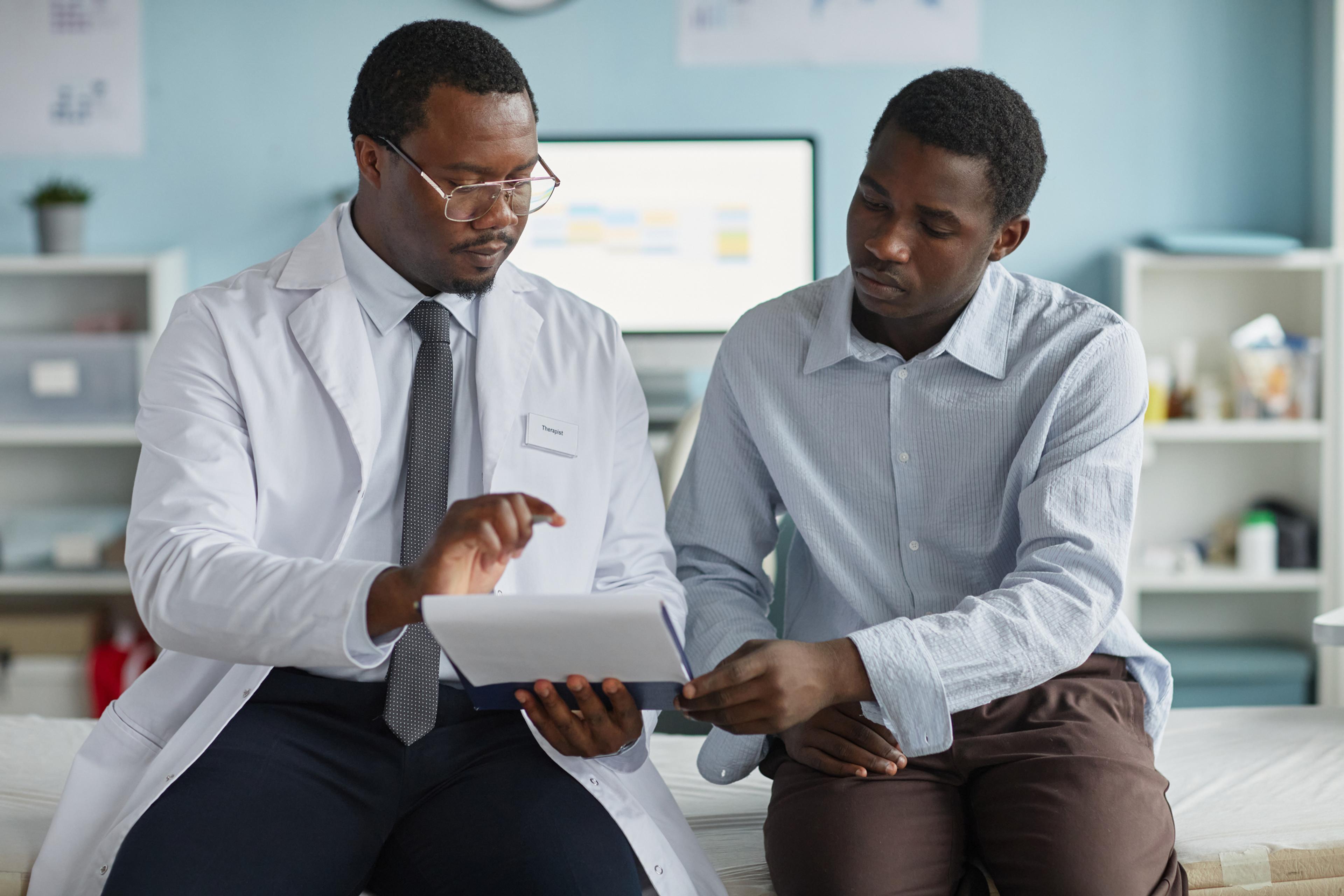Iron-Deficiency Anemia: Causes, Symptoms and How the Condition Disproportionately Affects Women
Jake Newby
| 4 min read
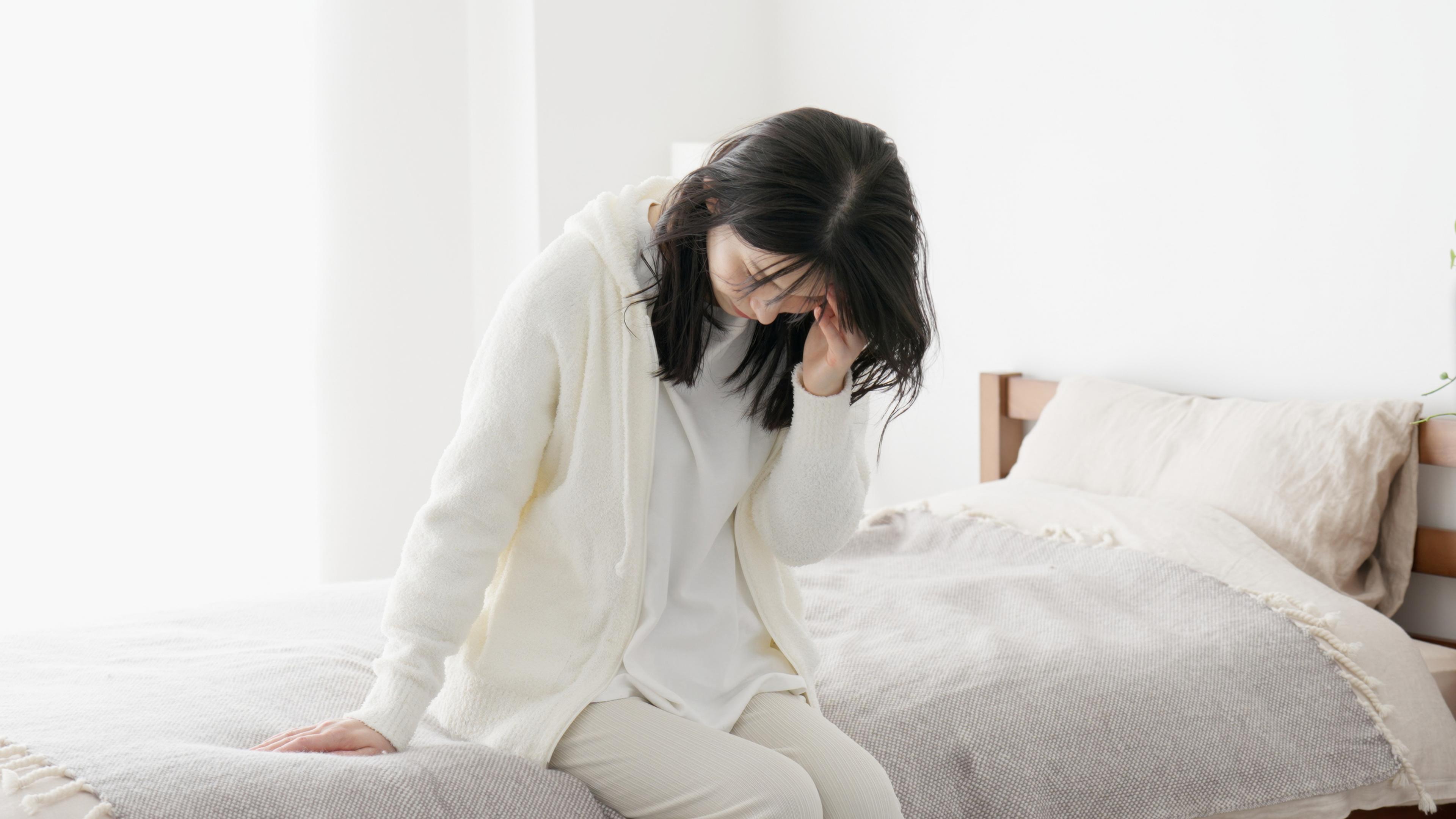
Key Takeaways
- Untreated iron-deficiency anemia can cause a lack of oxygen in the body, which can damage the organs and make the heart work harder to compensate for its lack of red blood cells.
- The most common causes of iron-deficiency anemia include blood loss, a lack of iron in the diet and issues absorbing iron.
- Iron-deficiency anemia disproportionately affects women, specifically menstruating women and pregnant women.
Approximately five million people in the United States have iron-deficiency anemia, according to the American Medical Association (AMA). It is the most common type of anemia.
If left untreated, iron-deficiency anemia can cause serious health problems. When the body lacks iron, it struggles to produce hemoglobin, the protein in red blood cells that carries oxygen. A lack of oxygen can make you feel tired, dizzy and lightheaded.
People with mild or moderate iron-deficiency anemia may experience the following symptoms, as well, according to the National Heart Lung and Blood Institute (NHLBI):
- Chest pain
- Cold hands and feet
- Pale skin
- Shortness of breath
What causes iron-deficiency anemia?
The most common causes of iron-deficiency anemia are:
- Blood loss: Blood loss from gastrointestinal (GI) conditions like esophageal reflux disease, ulcerative colitis or Crohn’s disease can cause iron-deficiency anemia, according to the Cleveland Clinic. Blood loss can also occur in:
- Women who experience heavy menstrual periods or bleeding during childbirth.
- People who suffer from urinary tract bleeding.
- People who have a traumatic injury or surgery.
- A lack of iron in your diet: Regularly excluding iron-rich foods from your diet can cause your body to become iron deficient. Per the U.S. Food and Drug Administration, the daily value for iron is 18 milligrams (mg) for adults and children age 4 and older.
- Problems absorbing iron: When you eat food containing iron, it is absorbed into your bloodstream through the small intestine. The Mayo Clinic states that an intestinal disorder like celiac disease – another example of a GI condition – can affect your intestine's ability to absorb nutrients from digested food and lead to iron deficiency anemia.
- Medical conditions: Kidney disease and long-lasting conditions that lead to congestive heart failure or obesity can make it hard for the body to regulate and use iron, according to the NHLBI.
How does iron-deficiency anemia affect women?
More than one-third of women under age 50 are iron deficient, according to the AMA. Iron-deficiency anemia affects more women than it does men and is more common during pregnancy, according to the Office on Women’s Health (OWH). The American Society of Hematology considers the following as high-risk candidates for iron-deficiency anemia:
- Women who menstruate, particularly if menstrual periods are heavy.
- Women who are pregnant or breastfeeding, or those who have recently given birth.
Since women lose about 30 mg of iron a month – or about one mg a day – through menstrual blood less, according to the AMA, menstruating women have the highest amounts of dietary iron needs to maintain adequate levels of iron in the blood.
The AMA also states that iron deficiency is underdiagnosed in pregnancy, a time when the body needs more iron to support a growing baby. Women need almost twice as much iron as non-pregnant women do, according to OWH. Failing to get enough iron during pregnancy can lead to premature birth or a low-birth-weight baby (less than 5.5 pounds). For these reasons, pregnant women are advised to up their DV or iron intake to 27 mg per day.
The amount of iron women need during breastfeeding is 10 milligrams per day for young mothers 14 to 18 and 9 milligrams per day for breastfeeding women older than 18; women need less iron while breastfeeding because they likely will not lose much of it through their menstrual cycle.
Women who plan to become pregnant should speak to their primary care provider (PCP) or OB/GYN about taking iron supplements before getting pregnant and testing for iron-deficiency anemia.
Which foods are highest in iron?
Consuming the recommended 18 mg of daily iron can be accomplished by maintaining a healthy diet rich in the following foods, per the NHLBI:
- Beans
- Cereals
- Dark green leafy vegetables
- Dried fruits
- Eggs
- Iron-fortified breads and cereals
- Lean red meat
- Peas
- Salmon
Vitamin C-rich foods such as oranges, strawberries and tomatoes can also help your body absorb iron.
How is iron-deficiency anemia treated?
A lack of oxygen in the body can damage organs and make the heart work harder to compensate for its lack of red blood cells or hemoglobin. Iron-deficiency anemia can also make other chronic conditions worse or negate the effectiveness of their treatments.
Health care providers may recommend oral iron supplements or iron infusions to replace iron lost in the body, particularly for those who have a hard time absorbing iron in their diet. Talk to your PCP if you experience iron-deficiency anemia symptoms or believe you are at risk for the condition to discuss next steps.
Photo credit: Getty Images
Related:

